How to use InMail for increasing Brand Engagement – Tips by LinkedIn
Most marketers fail at leveraging LinkedIn’s InMail to get high response rate on their marketing efforts.
LinkedIn has recently shared some tips on how brands can make the most of InMail to generate leads, drive website traffic, and build brand awareness via LinkedIn.
These five data points could increase your response rates and help you maximize the success of your LinkedIn outreach.
So, data reveals that LinkedIn outreach messaging should be kept briefer:
The bottom line is that consumers don’t have time to read a long narrative to grasp your sales presentation; instead, get straight to the point and offer them a chance to rapidly judge, rather than requesting too much time upfront to go through the details of your message.
“Emails that are 25-50 words get 65% more replies than the usual 125-word cold email.”
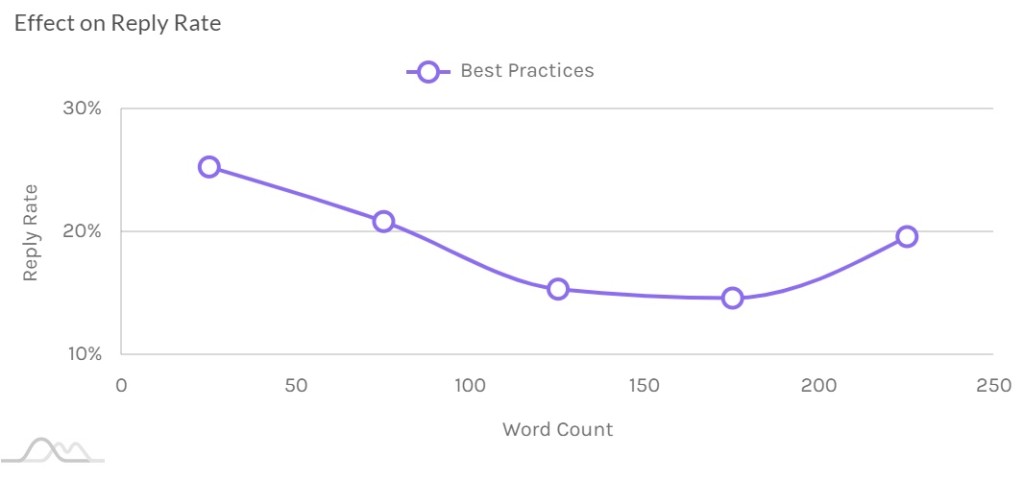
Other than that, you need to keep it simple – use simple language to convey your message
This is again very true since you are targeting a large number of people. So it is always better to use a language that is easily understood by most people.
Your cold pitch is only going to annoy your potential customers if it is stuffed with jargon or words that are not easy to comprehend.
“70%… yup, 70% of emails are written at or beyond a 10th-grade reading level. If you take that 10th-grade writing and bring it to a 5th-grade reading level, you’ll see 50% more replies.”
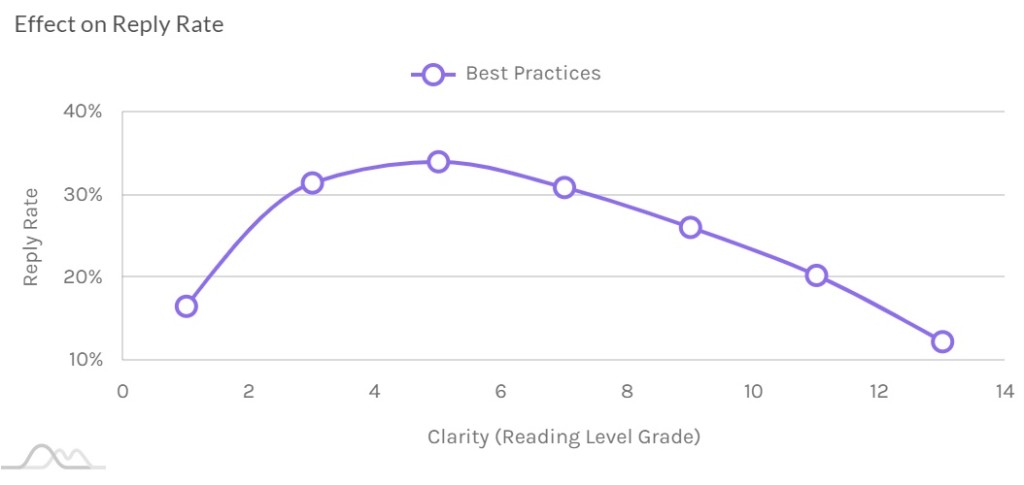
Next, it talks about the importance of personalization.
The idea is that the more messages you can tailor to each individual reader, the more probable it is that they will open and read what you have to say.
The more you can show how this message is unique to each consumer, the more popularity you’ll eventually experience.
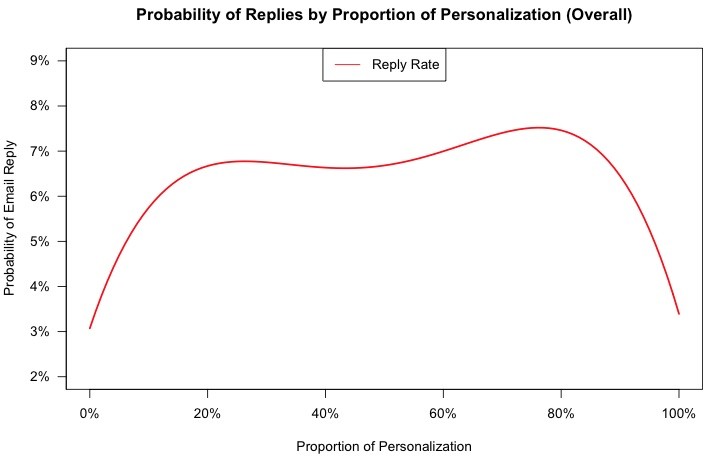
“It’s also worth noting the dip after 80% personalization. It reminds me of a classic phrase, “If it isn’t broken, don’t fix it.” The reason we templatize language is that the language works.”
Plus, displaying similar products based on your customer’s recent purchases can help you make them feel valued and considered.
Also, this can help you convince them to impulse buy.
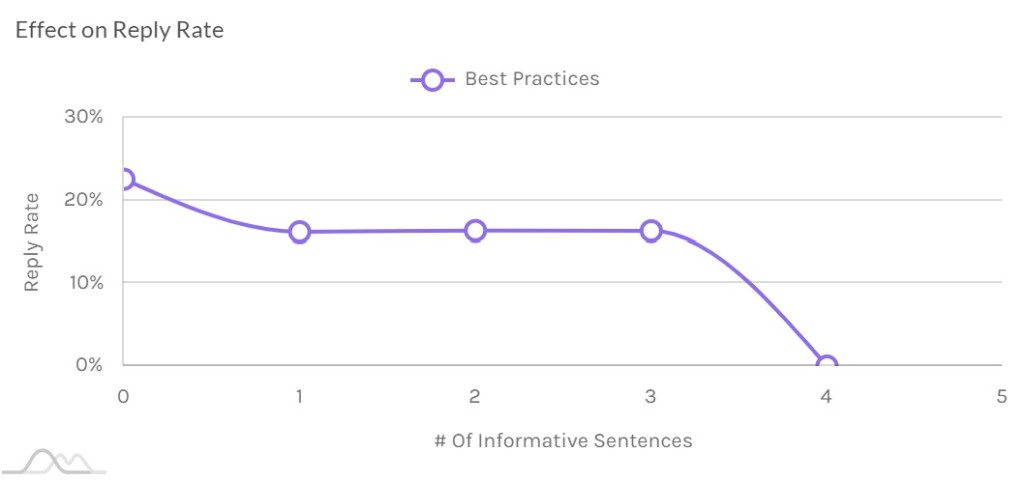
The tone of your words is the next crucial factor.
And you should avoid trying to “teach” the customer.
According to the data, you should aim to invite participation based on your product rather than talking about yourself or even your brand.
“Leave education to marketing. The “did you know 62% of …” language only seems to push your buyer away. Prospective customers don’t want to be talked at. They want to be talked with.”

Finally, they provide a Bonus Tip!
Which suggests that you must not stop after getting a response. You should continue the conversation and try to understand the needs of your potential customer.
“Ask more questions. Be curious. Discovery isn’t a stage; it’s a never-ending part of the process.”
They have also given some tips that can help you with initiating the conversation.
In Conclusion
It’s important to think about how to increase engagement and keep yourself in the main InMail feed in order to maintain relationship with potential leads.
These data based insights offer some very useful advice on how brands can encourage greater engagement while interacting with their audiences via InMail.
It is worth having a look and implementing these into you Brand Marketing Strategy.
Click here to get the actual report with the tips!

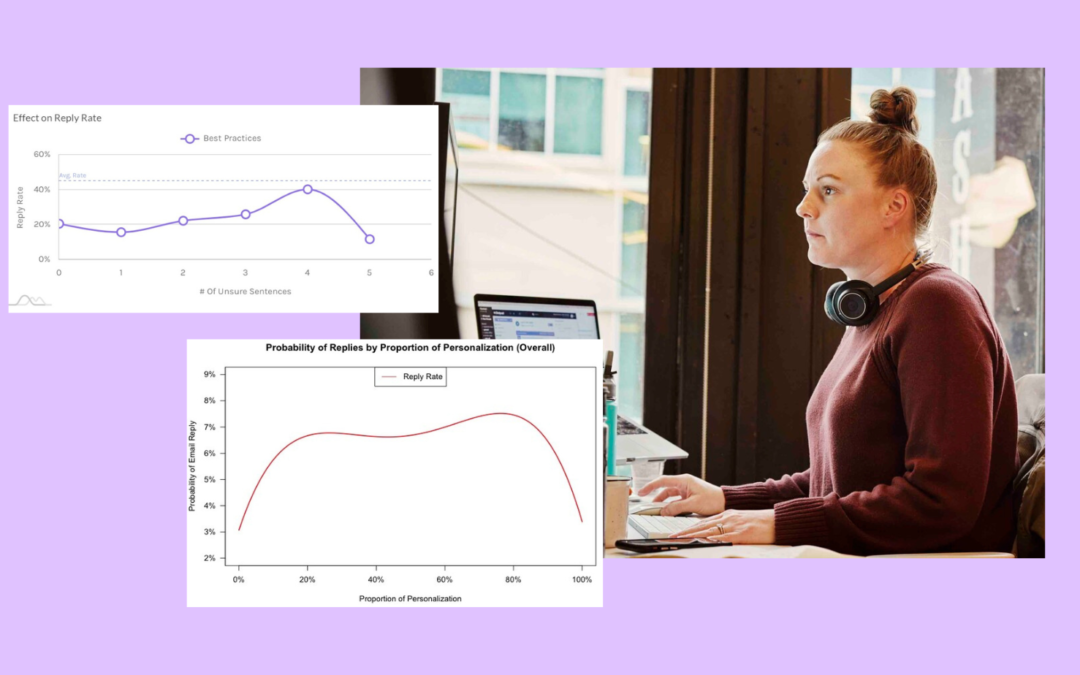
Recent Comments